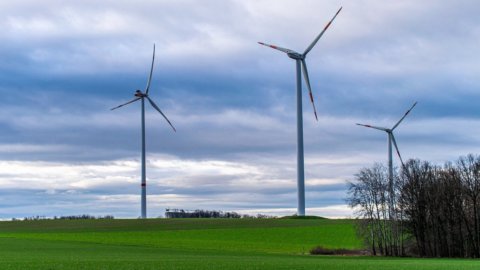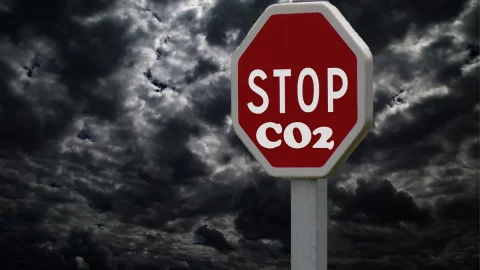It has been on the net for a few days and is on Mario Draghi's desk. It is yet another letter with suggestions for the ecological transition. However, it looks more like a catalog of no and bears the signature of Massimo Scalia, Gianni Silvestrini, Gianni Mattioli and Enzo Naso, energy experts and with political experience behind them.
The four authors have their own idea of ecological transition. They wrote to Draghi extending the list of associations, experts and managers who feel obliged to indicate the Italian choices in view of the Recovery plan. It is almost there now and so is the premier and Cingolani after speaking with the top managers of Stellantis, Eni, Snam, Enel, Terna, as in a game of mirrors, they also have the ideas of people close to environmental movements before them.
The open letter moves from considerations contrary to the use of natural gas. “Mr. President, no one knows better than you what opportunity represents the first major economic, industrial and social policy that unites all EU countries“. According to the four signatories, natural gas has fulfilled its task and today the need to use it becomes an alibi for those who want to keep the country in the fossil economy and culture.
Put like this, the transition that Cingolani is preparing becomes more complicated, because the transition will be very gradual, beyond any emphasis. The drawing of a Italian hub of the gayes, in fact, in perspective it would have to be abandoned, undermining all investments and plans to ensure that source for the country's system for the next 10-12 years.
electricity, for example, the letter recalls that jobs are already partly ensured by renewable sources and will be even more so in relation to the planned investments. It is true, the companies have money in their budget for renewables and they will not back down. But the abandonment of gas pipelines is nowhere near that close. Especially since there are projects to produce hydrogen from that source and increase distribution levels. ”Every investment in natural gas is a subtraction of resources to a policy of expansion of renewable sources” replies Scalia, Silvestrini, Mattioli and Naso.
They write that they have, in the past, contributed to designing the current Italian energy structure - no nuclear power, no coal, great space for natural gas, development of renewable sources - but now they are asking to do new and several steps forward. As? Perhaps with 80 gigawatts of photovoltaics by 2030 and at least 25 of wind power (somewhat off-shore) as a credible option also for the production of green hydrogen from renewable sources. But here's a new problem: how to have that green hydrogen available?
Another project in the sights of the four environmentalists, reported in the letter to Draghi, is Eni's Carbon Capture and Storage (CCS) in the Ravenna area. At the basis of the opposition is the fact that the CCS of Ravenna is considered to be in "competition" with respect to the resources to be allocated to the development of renewables. However, it must be remembered that that project has been in existence for years and its implementation would resolve many issues in a historical area of Italian hydrocarbons. How important is it to be against today? After all, if in the letter the scientists also speak of "industrial districts for renewable sources” it is to be hoped that the government will be able to find the right and balanced solutions.
Ravenna can be a strategic test for other situations as well. Rejecting him at the table does not even meet with the consent of the social partners, as well as freezing an investment exceeding one billion euros.
Other no to Cingolani's drafts: nuclear fusion. Yes, the theme does not excite Italians. However, although there is talk of new generation nuclear power, here it is also rejected in experiments. To pursue that “universal energy source [of the stars] is to propose a dated and dystopian universe, substantially orthogonal to the strategies and policies that will concretely characterize the EU path”, reads the letter. To then bury the Enea's megaproject of the Divertor Tokamak Test (DTT) at a cost of 600 million euros.
stop everything, ultimately, it comes out of the long letter. One wonders, then, if and how these ideas will be evaluated. The interests and reasoning on the field are many and although they are transversal to all the political groups that support Draghi, they must allow the country to reach 2030, 2050 without energy shocks.
The pandemic has already caused hypotheses and scenarios to rapidly change. The non-negligible fact is that the decline of fossil sources is not around the corner. It will mean something, according to OPEC, that the demand for oil of 5,95 million barrels per day in 2021 will rise by 6,6%. How many more times will the forecasts dated 2021 be rewritten? The “hope that Italy will be able to present a proposal amended by vagueness on timing and objectives, by incongruity with the EU's consolidated energy/climate strategy, by the prevalence of corporate interests and by old myths” – to use the words of the four signatories to the letter – will certainly have to do accounts with much pragmatism.





